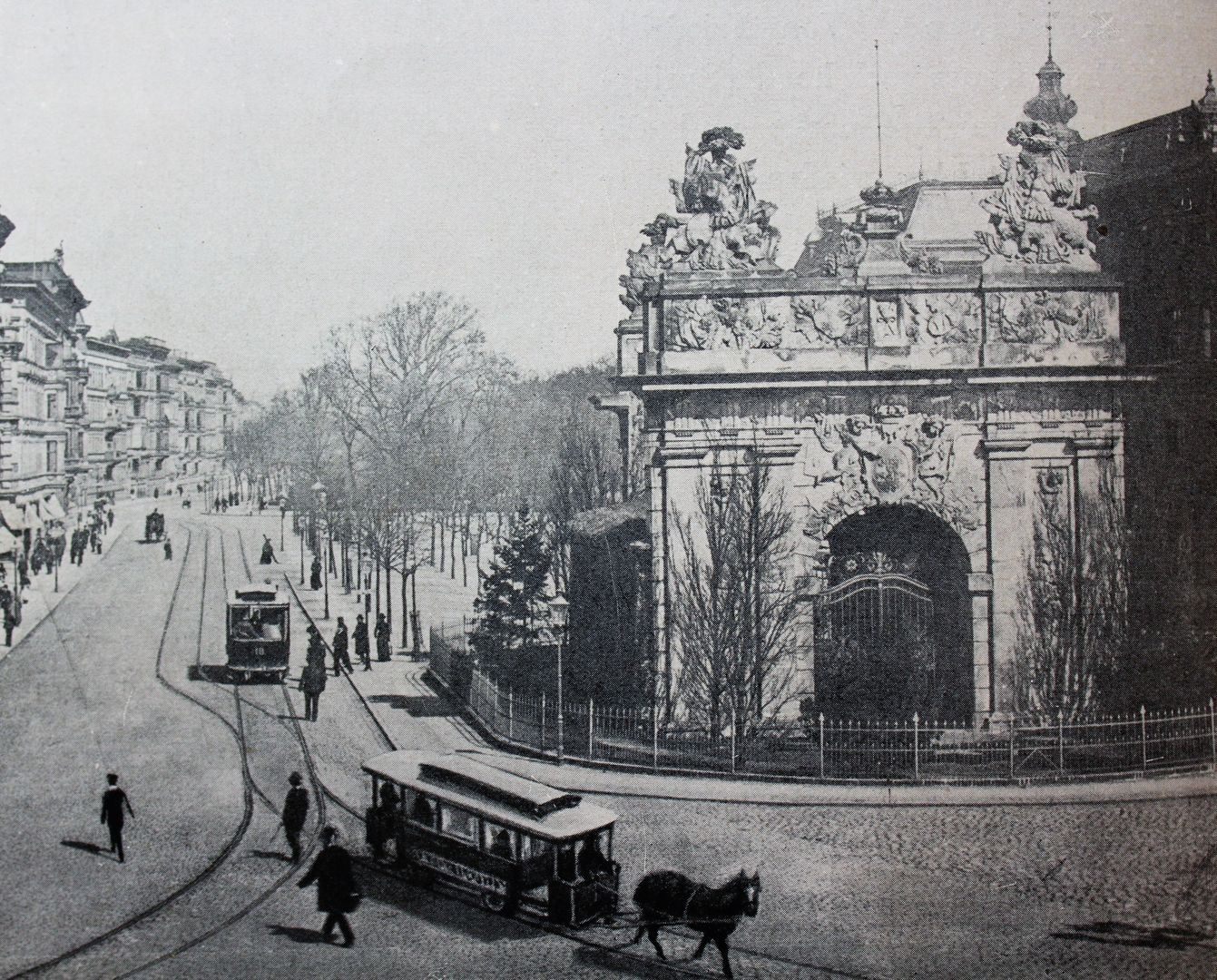Royal Gate in Szczecin
6.87

Overview
The Royal Gate in Szczecin, also known as the Anklamer Tor, is a significant element of the city's landscape. It was built between 1725 and 1728 to commemorate the city's incorporation into Prussia. The design was created in the studio of Dutch architect Gerhard Cornelius van Wallrawe, who was the author of many important fortifications. Located at the Square of the Prussian Homage, the gate was constructed on the site of former city walls and combined military and decorative functions. It stands out among other Szczecin gates thanks to the decorations made by sculptor Bartholome Damarat. Its peaks feature figures of gods such as Mars and Hercules, referencing Roman triumphal traditions. Elements of weaponry, shields, and banners on the gate's facade emphasize its military and ceremonial significance. During World War II, the sculptures were dismantled and hidden in the Arkoński Forest Park to protect them from destruction, while the gate itself was covered in ivy, which helped it survive the war. It was restored to its former glory after the decorations were rediscovered in 1957. Over the years, the gate has served various functions, including as the "Brama Jazz Cafe" from 2000, and since 2017, it has housed a Wedel chocolate tasting room. It underwent a thorough renovation in 1994 and is now registered as a historical monument (ref. no. A-791, dated June 11, 1954). The Royal Gate is not only a testament to Szczecin's architectural and military history but also an important cultural landmark in the modern city.
Location
District
City center
City
Szczecin
Tertiary Administrative Division
Kolbaskowo
County
Gryfino County
Country
Tickets
Powered by GetYourGuide
2025 Wizytor | All Rights Reserved